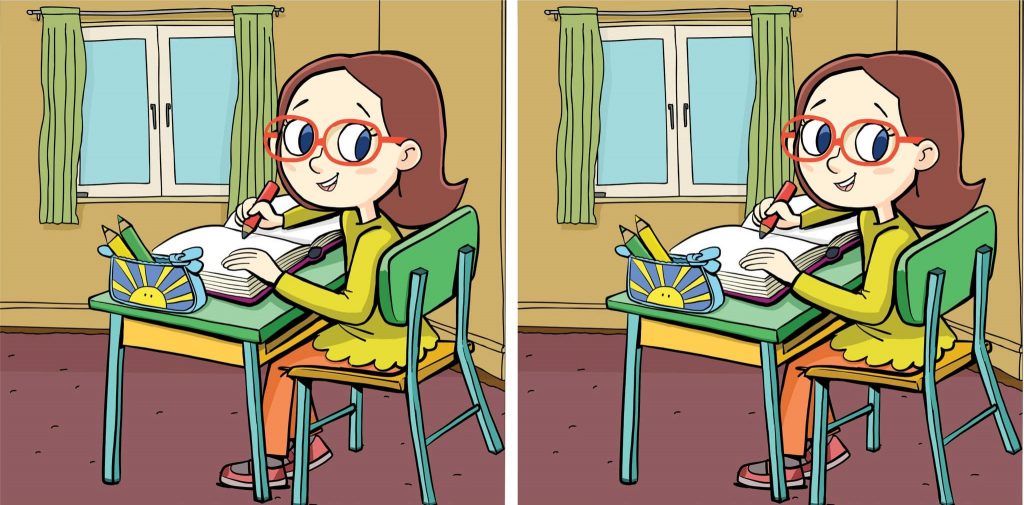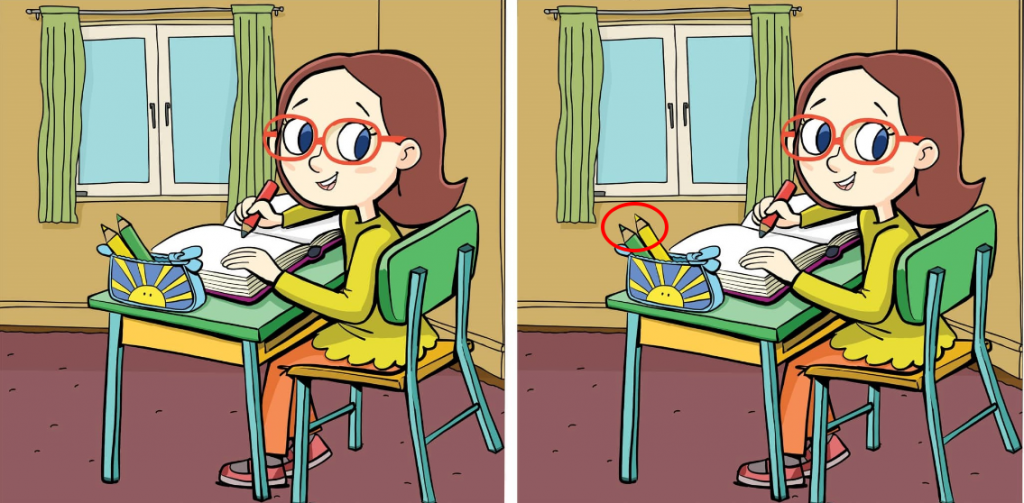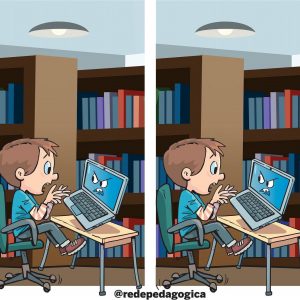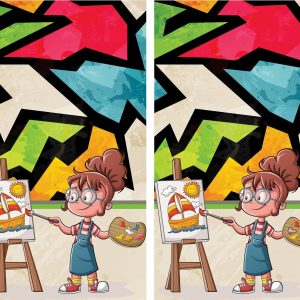Designing the Perfect Home Study Space: Boost Your Child’s Focus and Creativity
Creating a productive, inspiring study nook at home can transform homework time from a chore into an engaging learning adventure. In the image above, a bright-eyed girl sits at her desk, pencil poised over a notebook, surrounded by cozy decor and natural light streaming through the window. This simple scene illustrates the magic of a well-designed study area: it nurtures focus, sparks creativity, and cultivates good work habits. Ready to craft the ultimate at-home learning environment for your child? Let’s dive in!

The Importance of a Dedicated Study Space
A consistent, clutter-free area for studying sends a powerful message: learning is valued and deserves special attention. Here’s why a designated spot matters:
- Builds Routine and Structure
Kids thrive on predictability. Sitting down at the same desk each day signals that it’s time to switch into “study mode,” boosting readiness and reducing dawdling. - Minimizes Distractions
A quiet corner—away from TV, siblings’ play zones, or high-traffic hallways—helps children concentrate and retain information more effectively. - Separates Work from Relaxation
When homework happens in one space and play in another, children learn to mentally shift gears, making downtime more restful too.
By giving your child a place just for learning, you set the stage for focus, confidence, and academic success.
Key Elements of an Effective Study Nook
Designing a functional study area involves more than plopping a desk in a corner. Consider these essentials:
- Ergonomic Furniture
Choose a desk and chair sized for your child’s height. Feet should rest flat on the floor, and elbows should form a 90-degree angle on the desktop—reducing strain and promoting good posture. - Optimal Lighting
Natural light is ideal, as shown in our image. Position the desk near a window, but avoid direct glare. Supplement with adjustable desk lamps featuring warm LED bulbs to prevent eye fatigue during evening study sessions. - Organizational Tools
Use pencil holders, small drawers, or pegboards to keep supplies within reach but off the work surface. A neatly organized space minimizes the scatter of papers and pens during intense focus. - Comfort and Personalization
Add a cushion for back support, a soft rug underfoot, or noise-canceling headphones to block household noise. Personal touches—favorite posters, a small plant, or motivational quotes—make the area inviting and uniquely theirs. - Tech Integration
If your child uses a computer or tablet, ensure that cables are neatly managed and screens are at eye level to avoid neck strain. A charging station keeps devices powered without cluttering the desktop.
Balancing functionality with comfort empowers your child to dive into tasks with enthusiasm.

Organizing Supplies for Seamless Study Sessions
Imagine reaching for a ruler and fishing through a jumble of pens—moment lost, focus broken. Here’s how to streamline supplies:
- Categorize by Task
Group writing tools (pens, pencils), coloring materials (markers, crayons), and reference items (rulers, calculators) in clearly labeled containers. - Use Vertical Solutions
Wall-mounted organizers or tiered desktop trays maximize space and keep essentials visible. - Maintain a Weekly Reset
Schedule a 10-minute “desk clean-up” every Friday to discard scrap paper, refill ink, and reorganize—eliminating Monday morning chaos.
An orderly workspace reduces stress and helps children spend more time learning, not searching.
Encouraging Focus with Brain-Boosting Decor
Subtle tweaks in decor can sharpen attention and ignite creativity:
- Color Psychology
Soft blues and greens soothe the mind, while pops of yellow foster optimism and energy. Use accent pieces—cushions, wall art, storage bins—in these hues to subtly influence mood. - Inspiring Art and Quotes
Hang an art print that reflects your child’s interests—a map for a geography buff or famous scientist quotes for the budding scholar. These reminders spur motivation and a growth mindset. - Nature Elements
Incorporate small succulents or a photo of a forest scene. Biophilic touches reduce stress and improve concentration by connecting children to the natural world.
These visual cues transform a plain desk into a vibrant hub for learning.

Building Good Study Habits Through Environment
A thoughtfully curated space is a silent tutor, reinforcing positive routines:
- Set Clear Boundaries
Teach children to use the desk only for schoolwork, reinforcing that play and study have their own time and place. - Incorporate Break Zones
Nearby, place a small beanbag or puzzle area for short breaks. Celebrating a five-minute brain break signals when it’s time to pause and when to return to tasks. - Encourage Mindfulness
Before starting, show kids how to take three deep breaths at their desk. This simple mindfulness practice boosts focus and reduces anxiety before challenging assignments.
Over time, these environmental cues and routines become ingrained, making independent study second nature.

Troubleshooting Common Study Space Challenges
Even the best setups need tweaks. Here’s how to handle typical obstacles:
- Sibling Distractions
If space is tight, use visual barriers like folding screens or noise-cancelling earbuds to create personal zones. - Clutter Creep
When supplies sneak off the shelves, zone out materials by subject—math on the left, reading on the right—to maintain order. - Motivation Lulls
Rotate motivational posters or swap in new personal items seasonally to reignite interest. A fresh mirror, quote, or small trinket can spark renewed energy. - Screen Overuse
Balance tech time with analog tasks. Keep a small basket of index cards, highlighters, and sticky notes for note-taking away from the computer screen.
By staying attuned to your child’s needs and adjusting accordingly, you keep their study space optimally supportive.

Conclusion
Designing a home study space tailored to your child’s needs is an investment in their learning journey. By combining ergonomic furniture, strategic lighting, tidy organization, and inspiring decor, you create an environment that nurtures focus, creativity, and confidence. Encouraging consistent routines, integrating brain-boosting elements, and troubleshooting challenges ensures that every homework session becomes an opportunity for growth. So clear that corner, decorate with intention, and watch as your young scholar flourishes—one productive study session at a time.





